Software developer notes
3D printed rc car. Part 1 (Construction)
2023-03-11
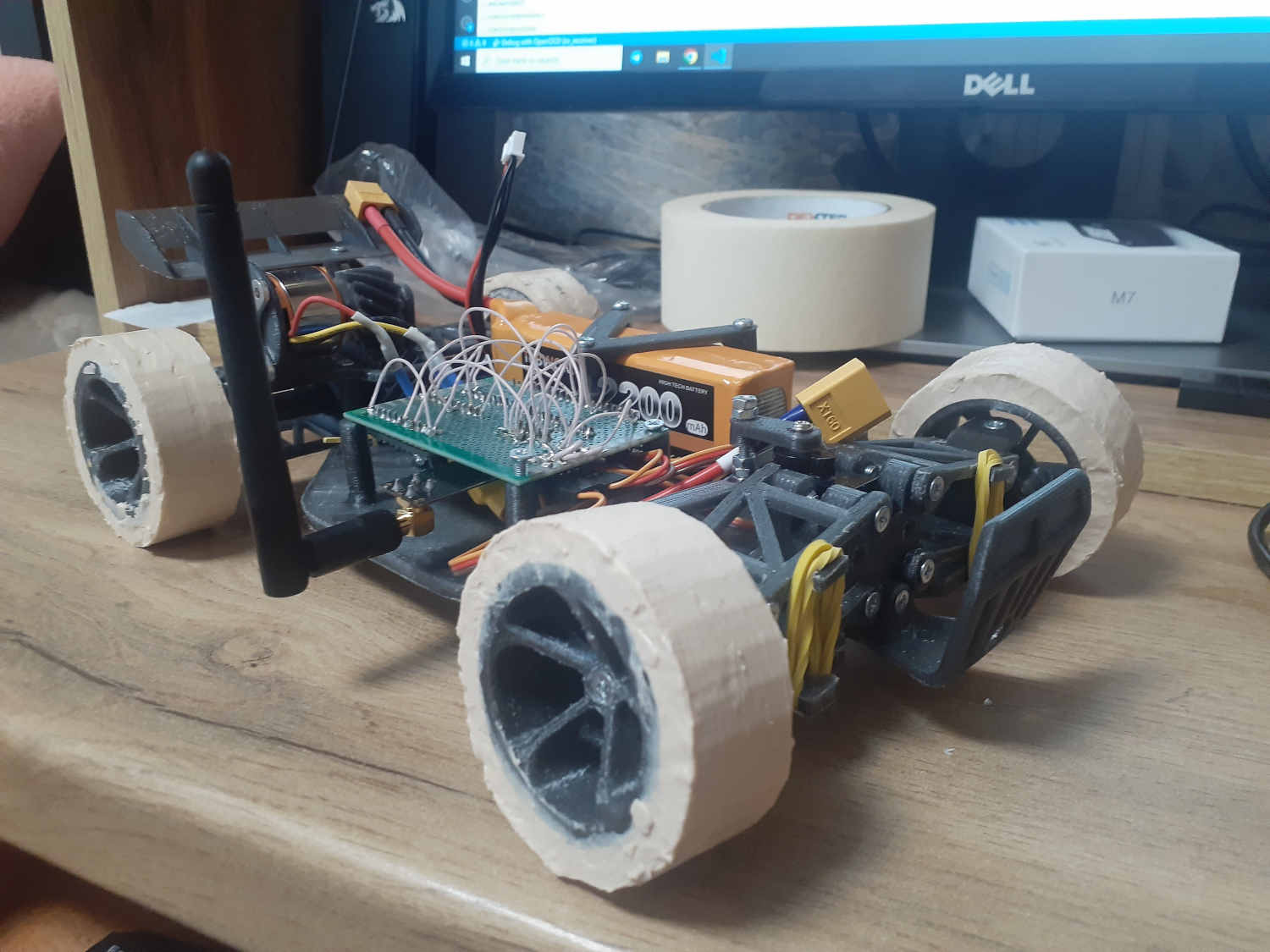 3d printers have made revolution in our world. Now we have 3d printed rockets like Terran 1, meat and even attempts to create organic tissue! So let's also create something with old Anet A8. Radio controllered car seems a good option.
3d printers have made revolution in our world. Now we have 3d printed rockets like Terran 1, meat and even attempts to create organic tissue! So let's also create something with old Anet A8. Radio controllered car seems a good option.3d modelling is not my strong side, so I took construction from Carduino project (by the way it contains arduino sketches - you can freely take the code). My car will have different hardware and custom firmware. Below you can see some results. 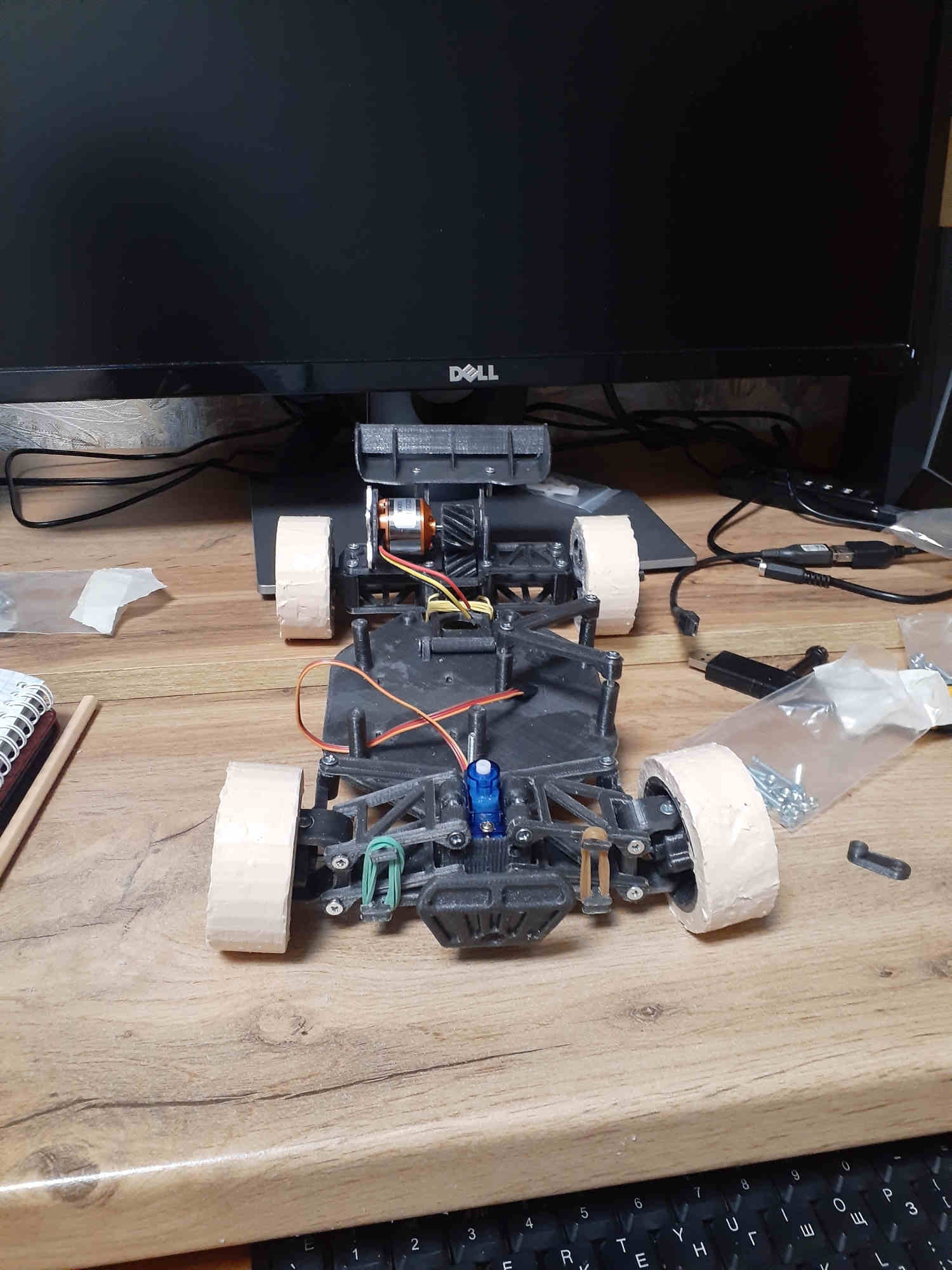
The key component of any printed model is the material it's made. For beginners like me google says PET-G is a perfect solution. It's malleable like PLA, but at the same time you can use it for gears ("almost" nylon).
The quality of printed model depends on software used to slice the model (Slicing term means conversion of each model's part into printer readable commands - gcode). As for me, it's the most annoying part, because you should take experiments (maybe many experiments) before you'll get the right configuration. This one can be specific for you printer, filament and even type of model you are trying to print. Here are examples of my experiments.
At he moment, Cure software is the most proficient slicer which can provide any configuration you need. After many attempts I stopped at given settings. They gave me stable results on parts with different complexity and granuality:
#Quality
Layer Height : 0.15mm
#Walls
Wall Thicknest: 0.8mm
Wall Line Count: 2
Horizontal Expansion: 0.0mm
Z seam Alignment: Random
#Top/Bottom
Top/Bottom Thickness: 0.75mm
Top Thickness: 0.75mm
Top Layers: 0
Bottom Thickness: 0.75mm
Bottom Layers: 999999
Top/Bottom Line Directions: []
#Infill
Infill Density: 100% (mostly I recomend to use 60-70%)
Infill Pattern: Zig Zag
#Material
Printing Temperature: 235℃
Printing Temperature Initial Layer: 240℃
Build Plate Temperature: 80℃
#Speed
Print Speed: 30.0mm/s
Infill Speed: 30.0mm/s
Support Speed: 30.0mm/s
#Travel
Enable Retraction: on
Retraction Distance: 1.0mm
Z Hop When Retracted: off
#Support
Generate Support: on
Support Placement: everywhere
Support Overhang Angle: 50.0°
Support Pattern: Grid
Support Density: 15%
Support Line Distance: 4.0mm
Initial Layer Support Line Distance: 4.0mm
Support Horizontal Expansion: 0.0mm
#Build Plate Adhesion
Build Plate Adhesion Type: Brim
Brim Width: 6.0mm
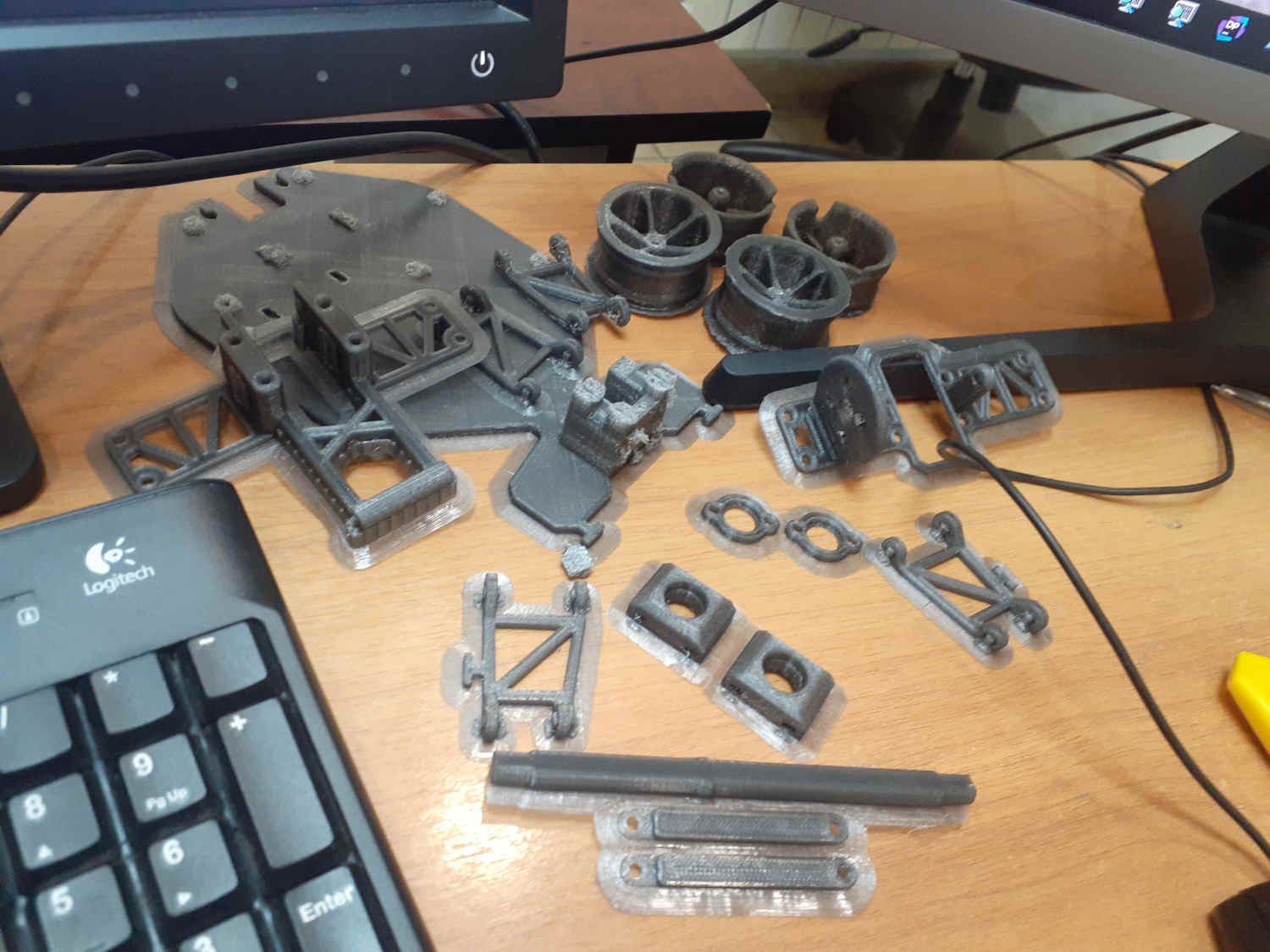
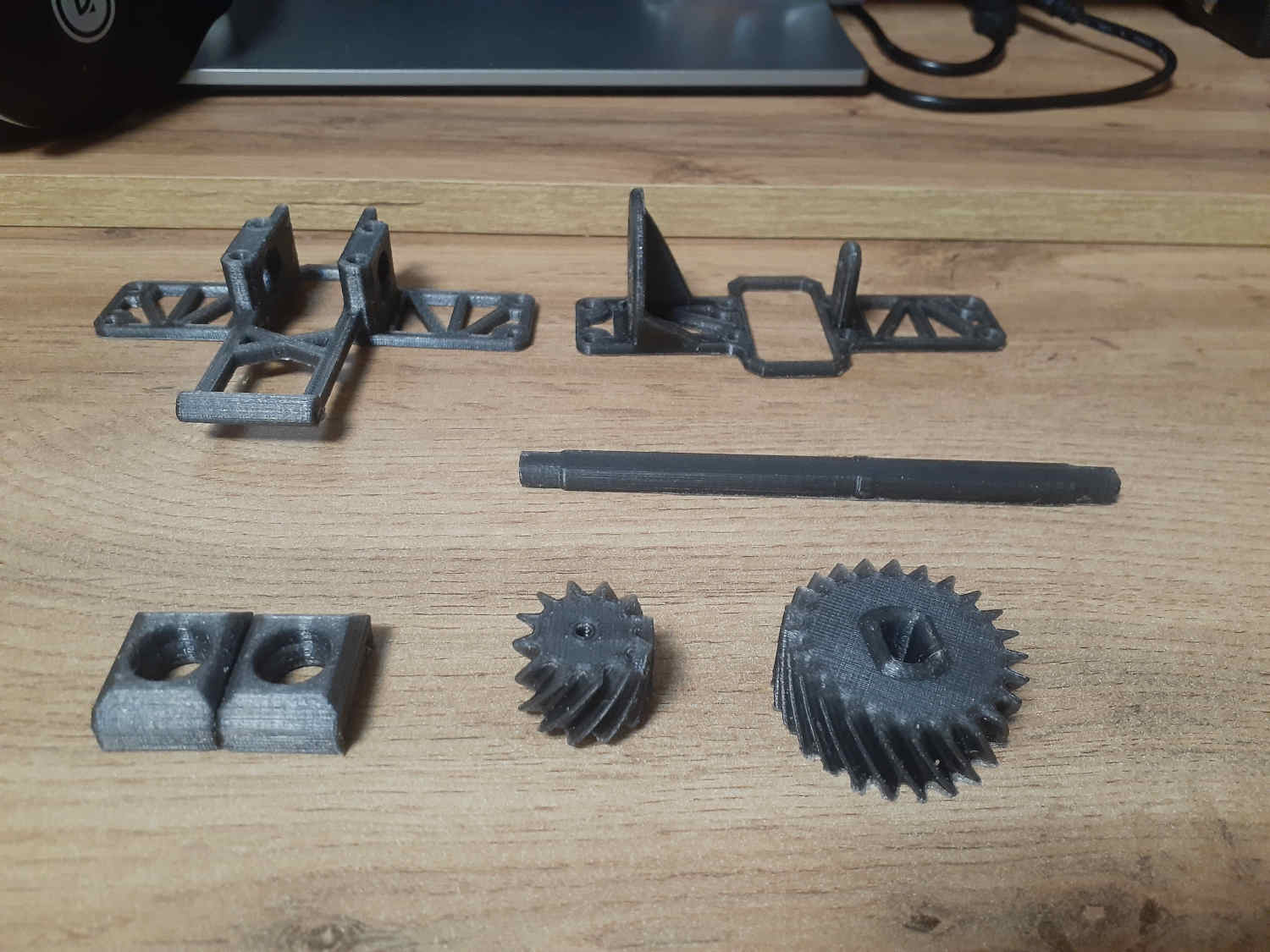
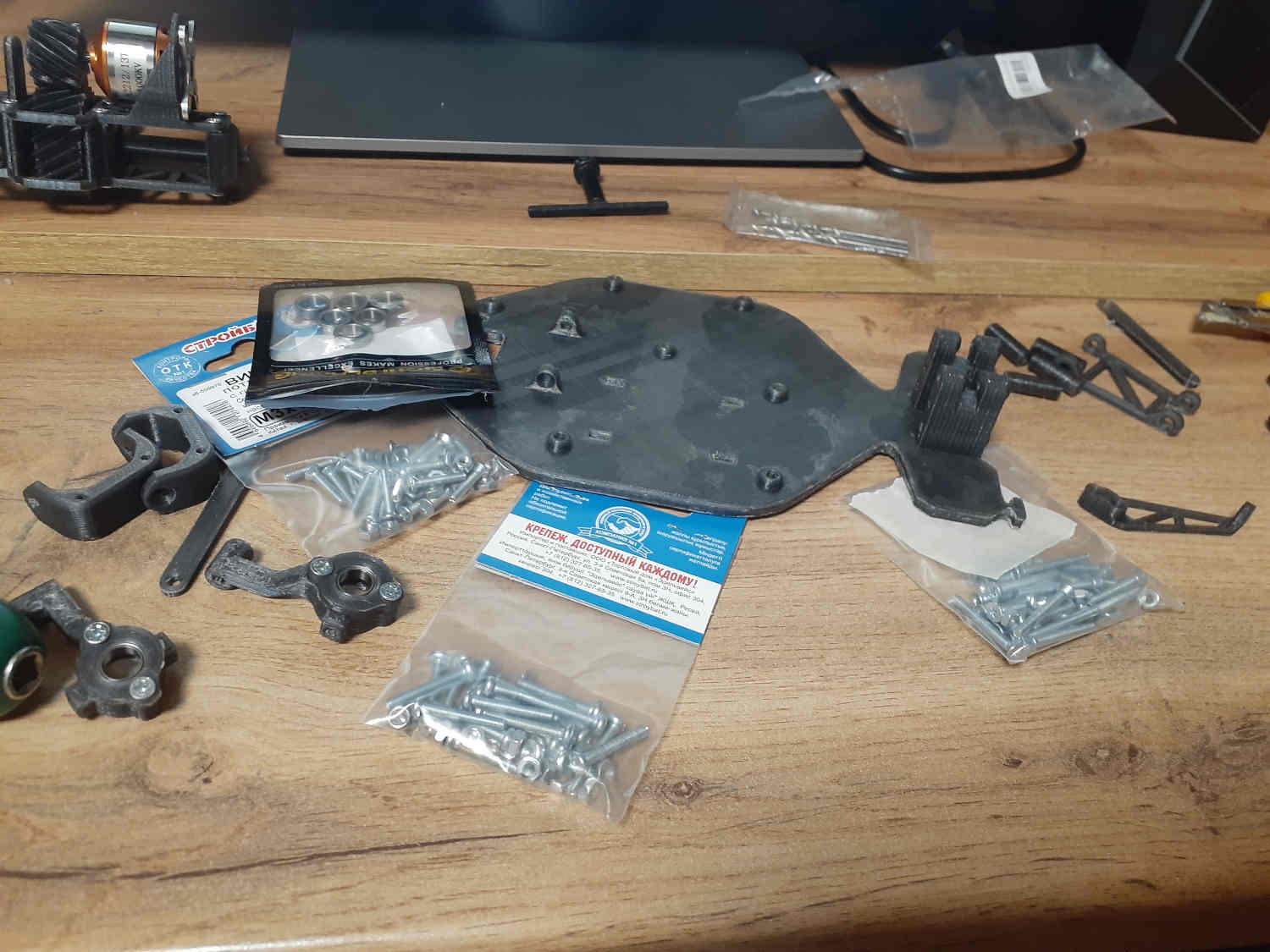
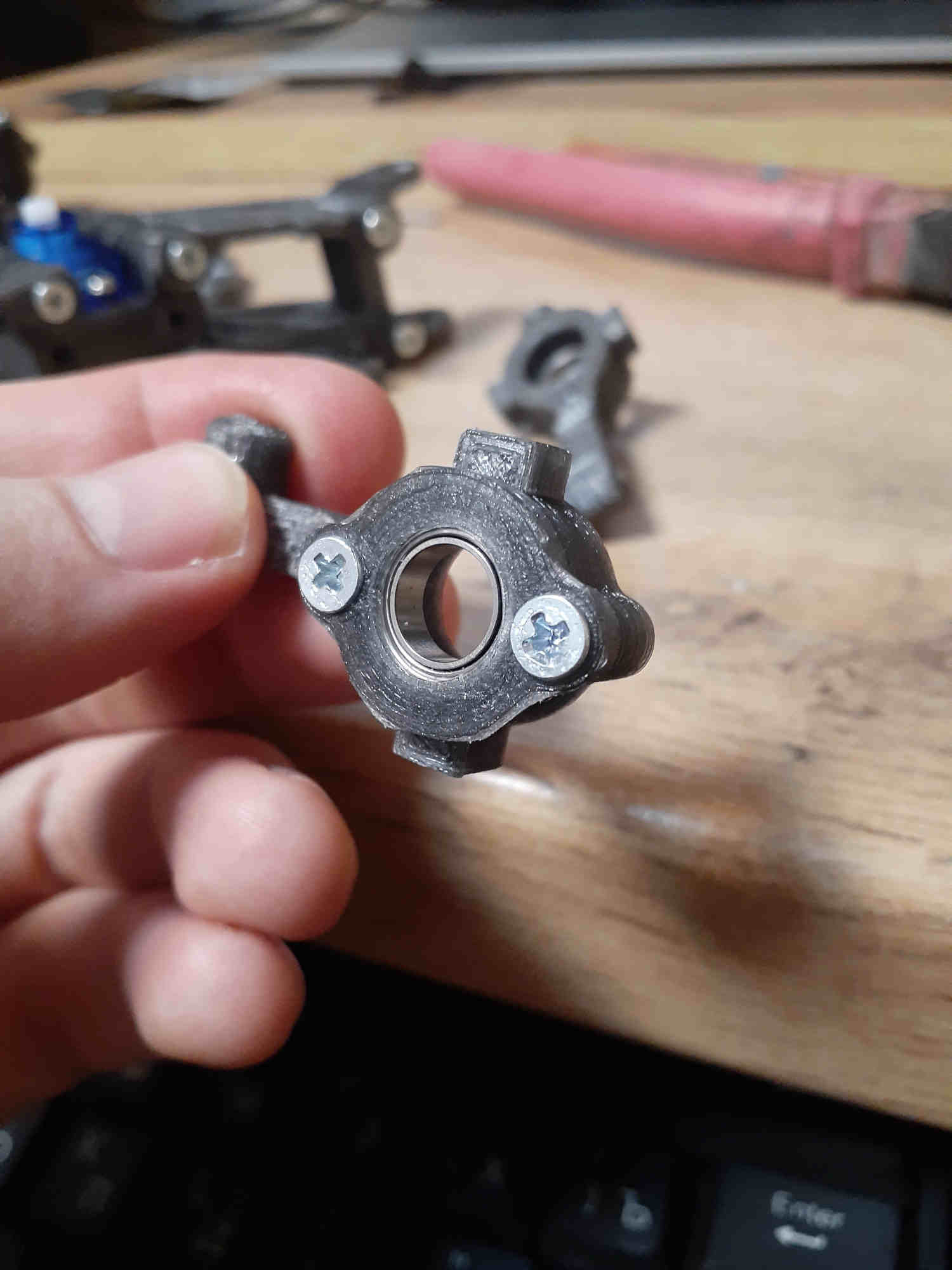 3d printing with different settings (too fast printing with inproper retraction) can give some artifacts like crumbly frame and "webs" of filament.
3d printing with different settings (too fast printing with inproper retraction) can give some artifacts like crumbly frame and "webs" of filament.
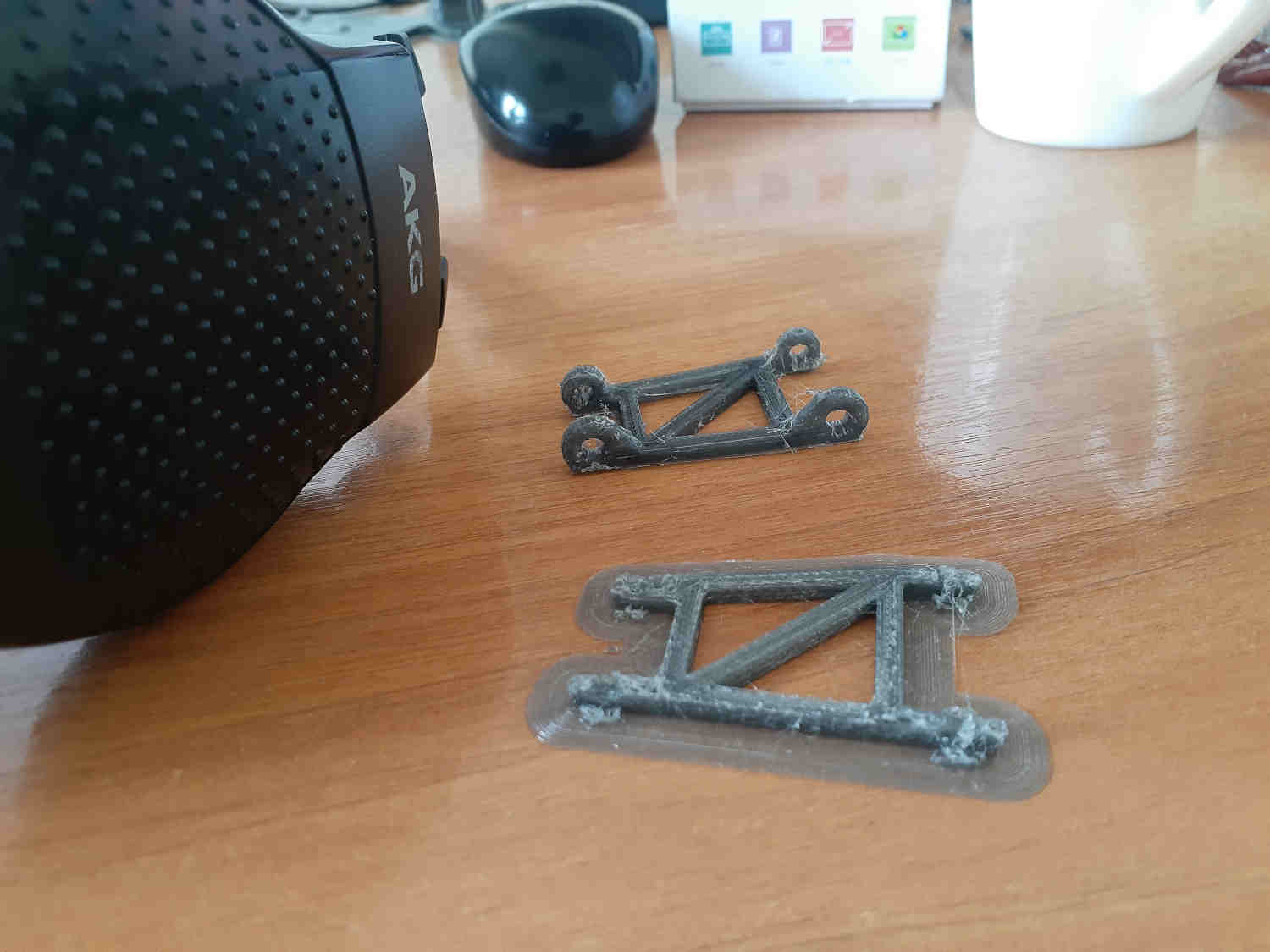
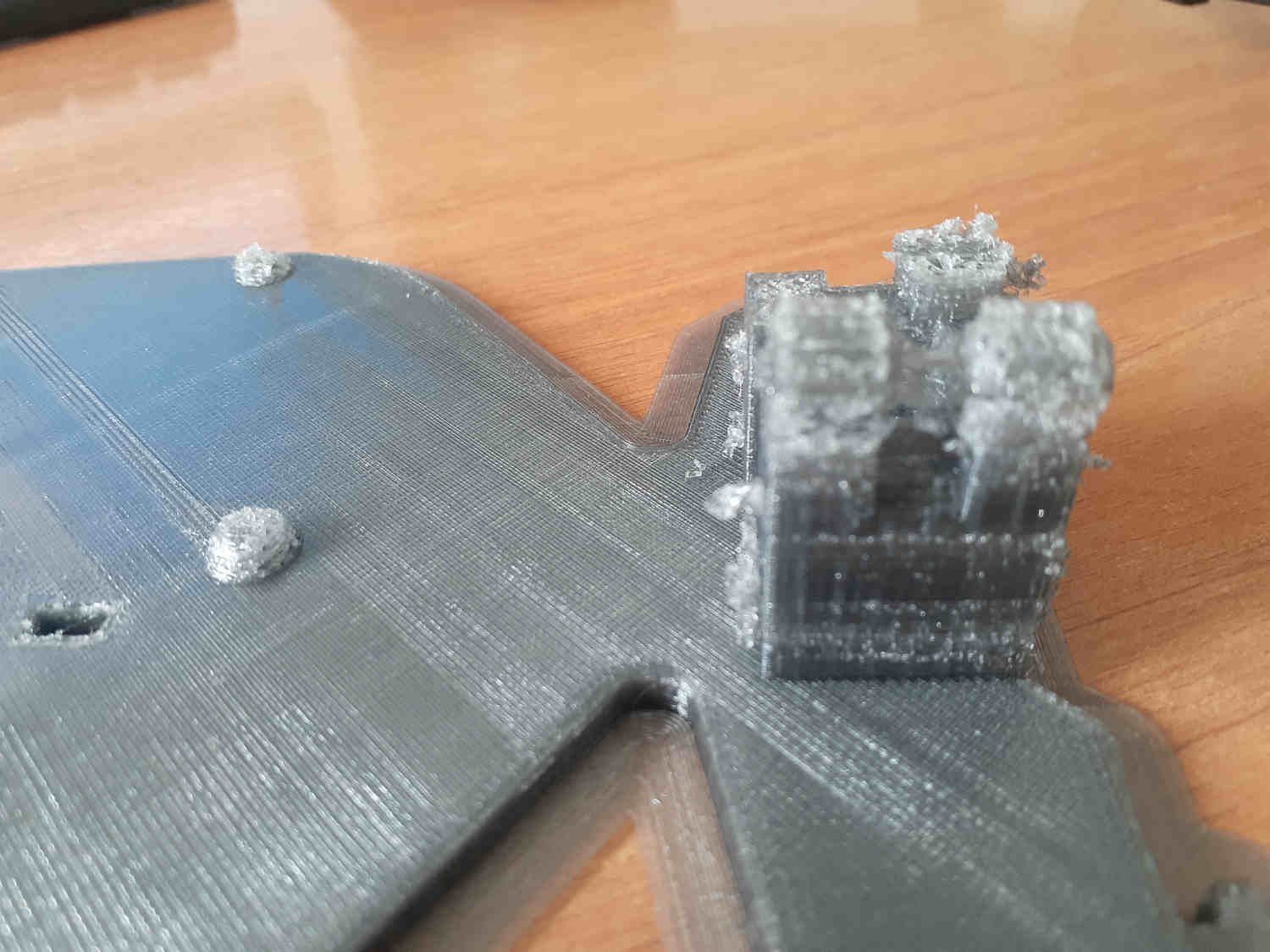
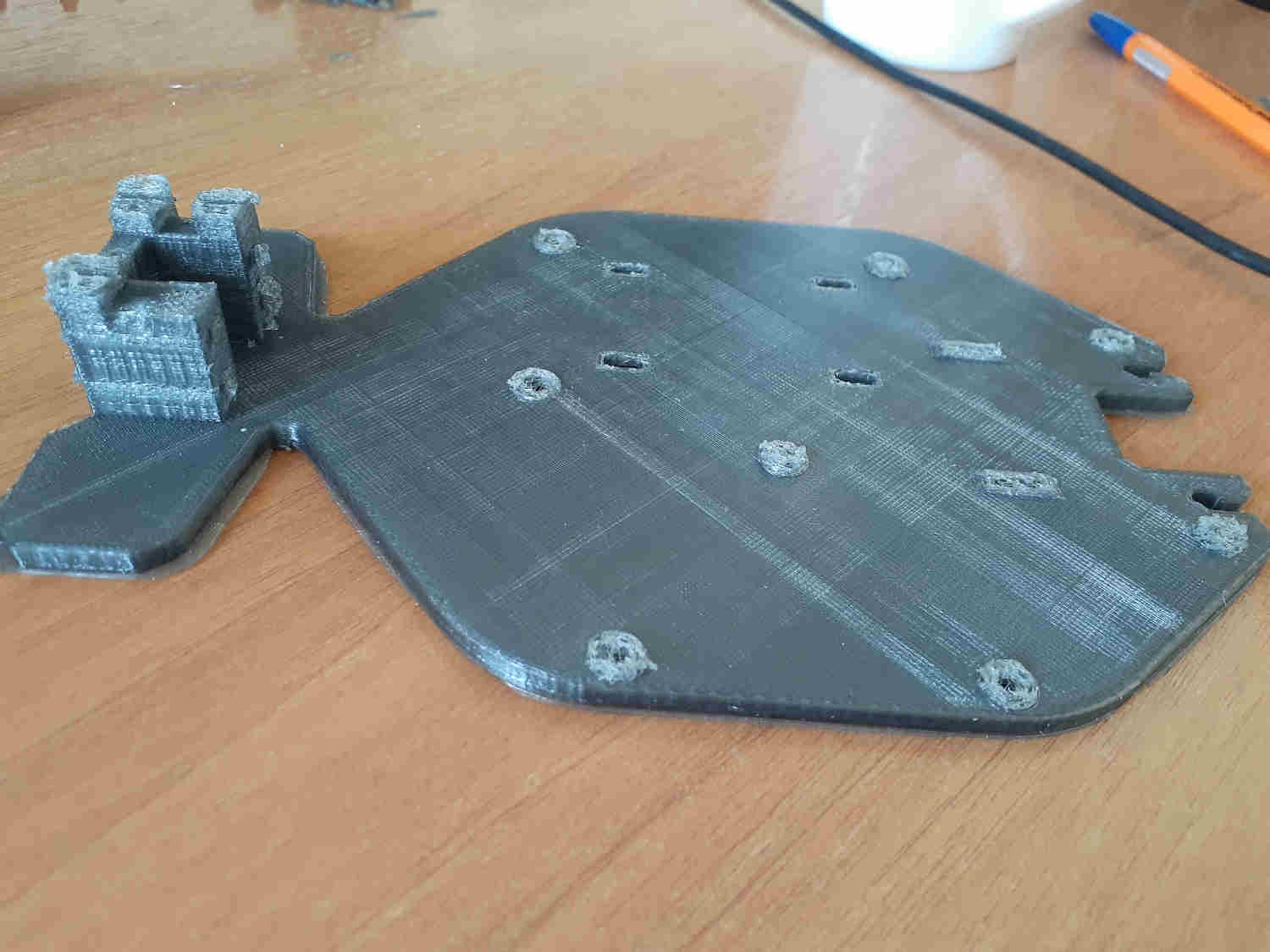 Original model has tyres from ebay. But I used some tecnology in order to make construction cheap - silicone tyres. The designed moldings are filled with mixture of silicone and corn stratch. (note that corn stratch is IMPORTANT supplement, otherwise polymerization will be slowed and event partially failed).
Original model has tyres from ebay. But I used some tecnology in order to make construction cheap - silicone tyres. The designed moldings are filled with mixture of silicone and corn stratch. (note that corn stratch is IMPORTANT supplement, otherwise polymerization will be slowed and event partially failed).
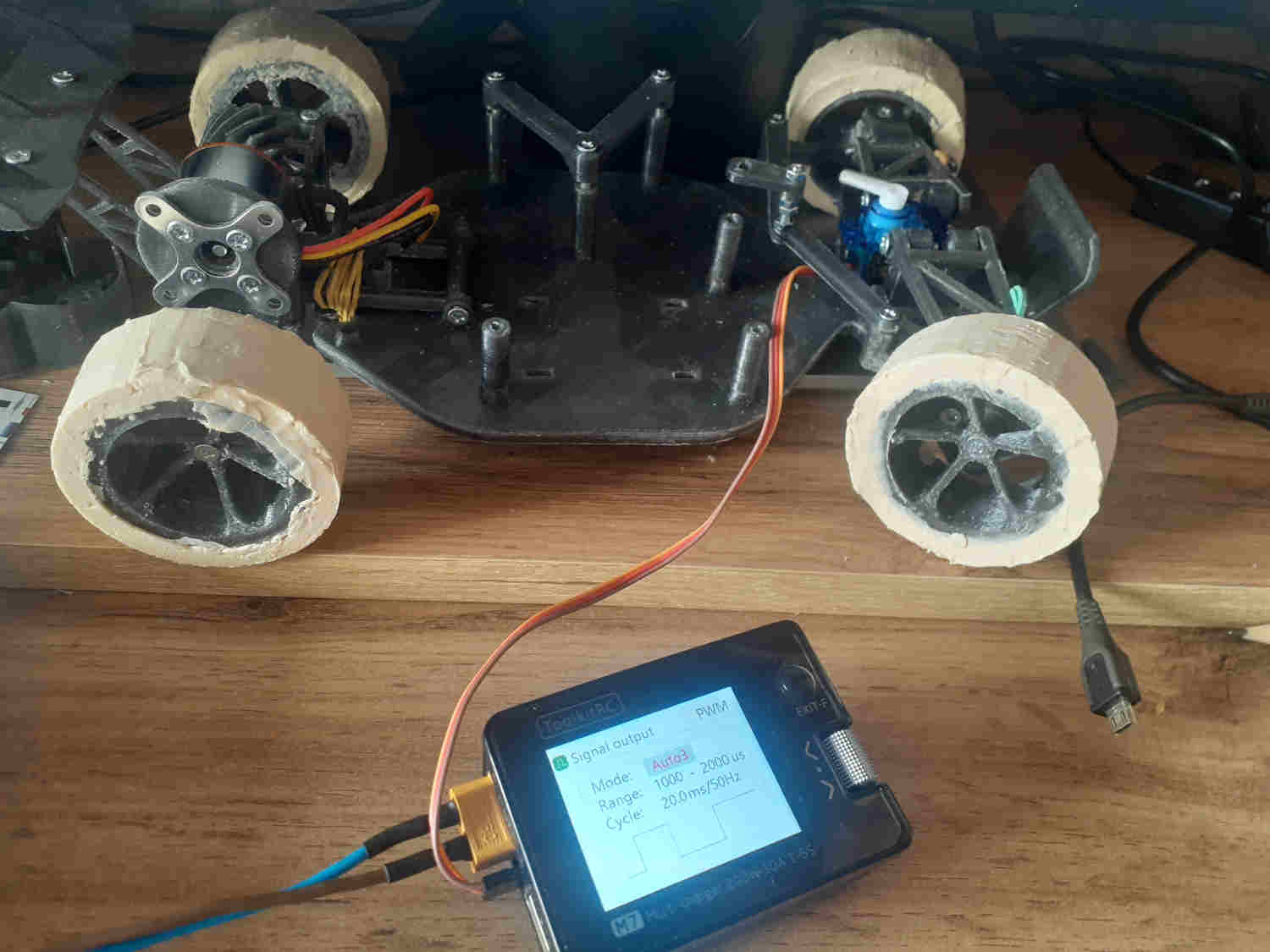
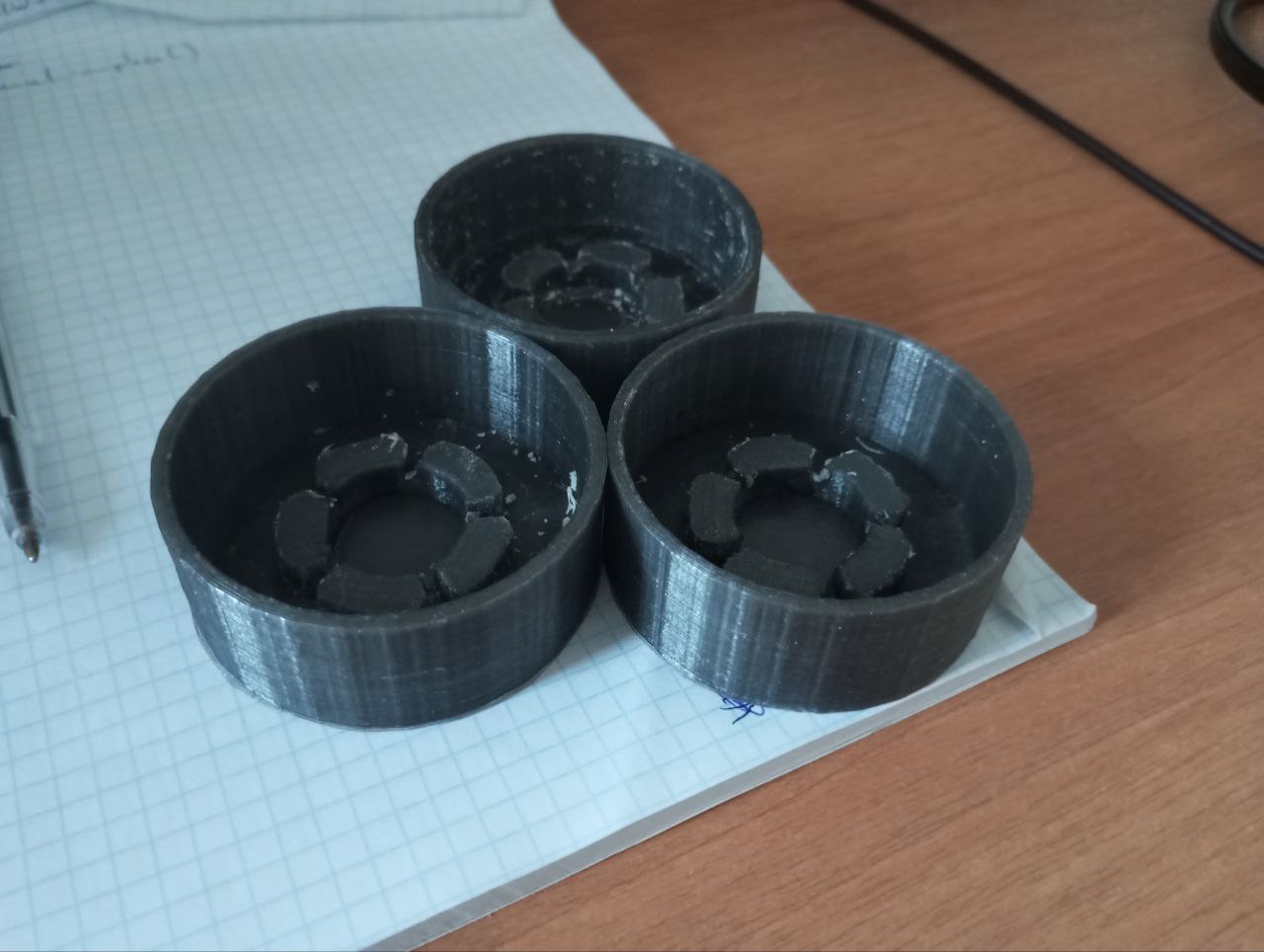 Below are depicted intermediate steps of assemblying.
Below are depicted intermediate steps of assemblying.

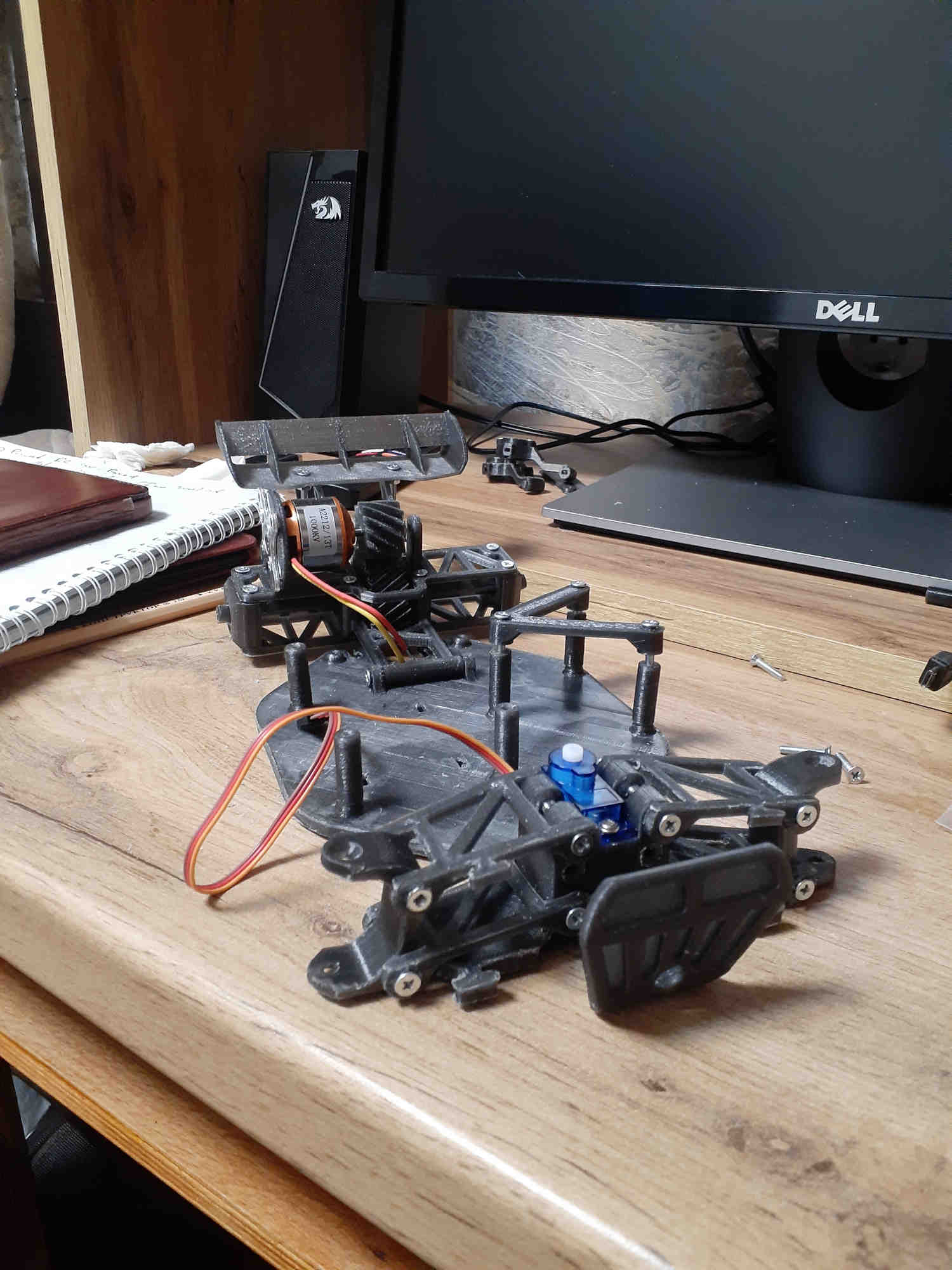
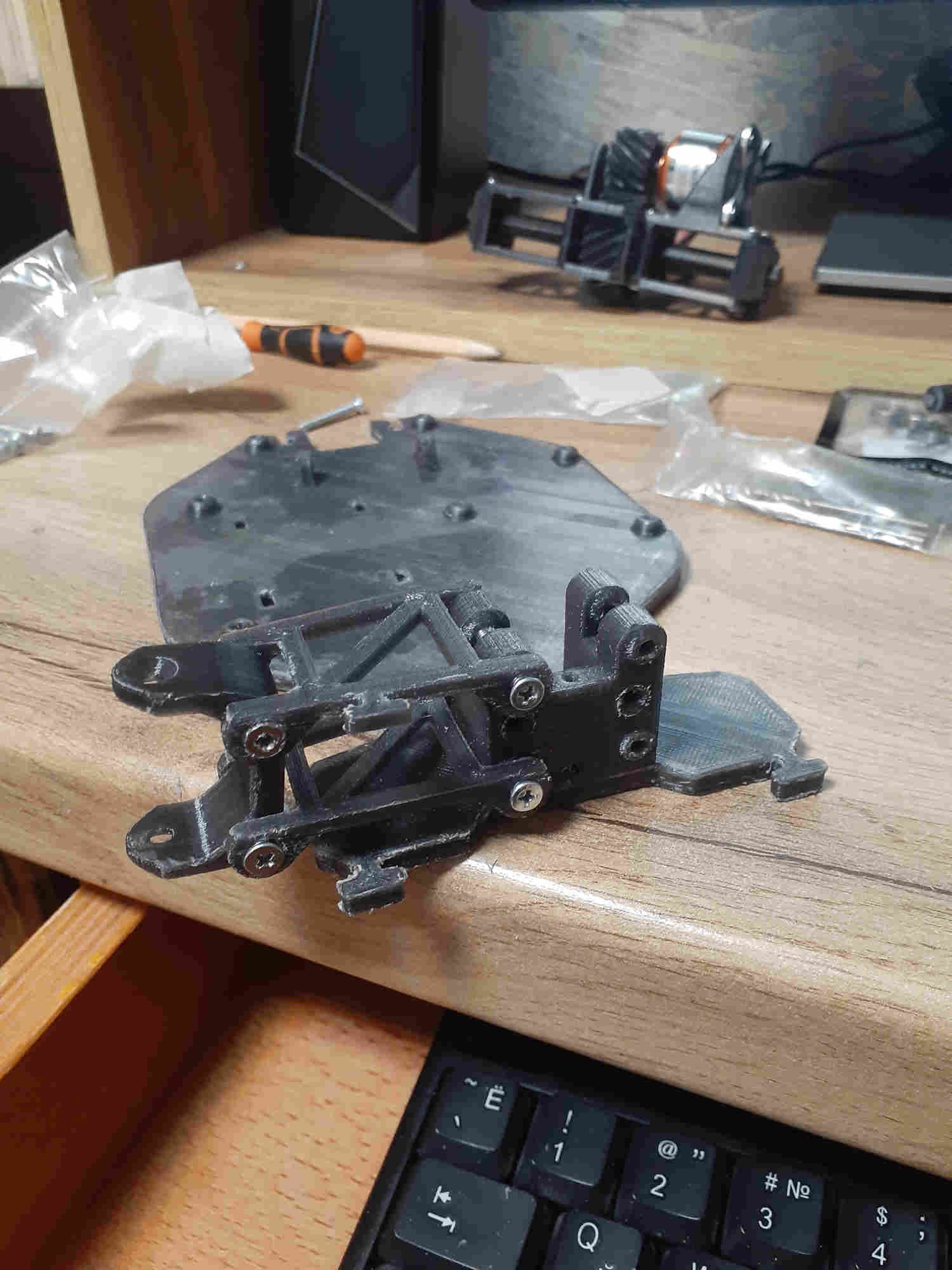


About me
Hi! I am Alex, the author of this blog. Here are my technical (in the majority) thoughts and stories. I will be hoping that you find this site interesting and fun. Also you can feel free to contact me (support for comments will be added later).